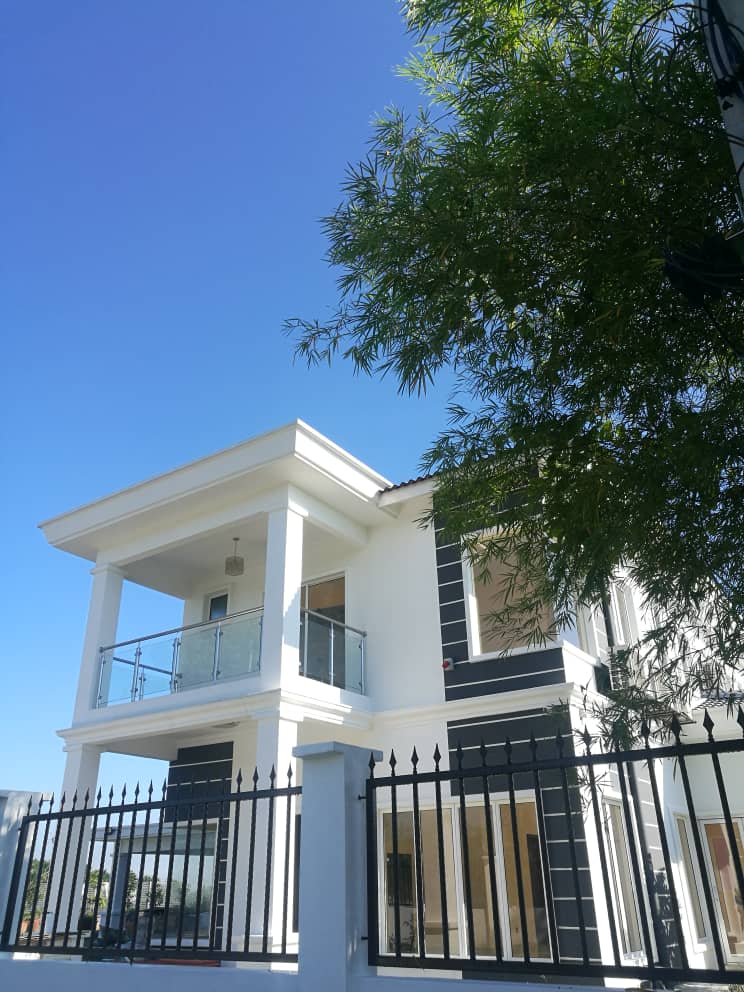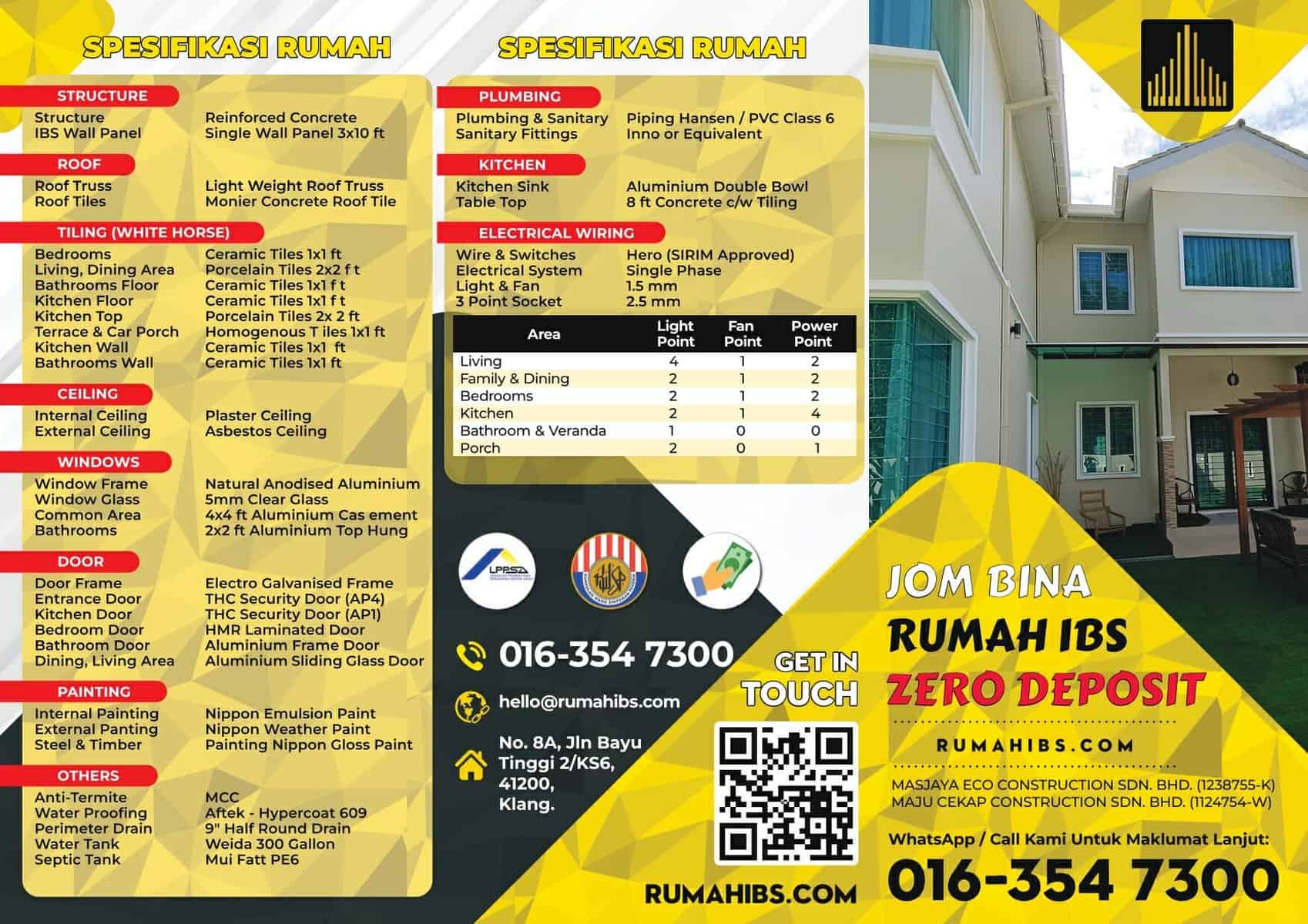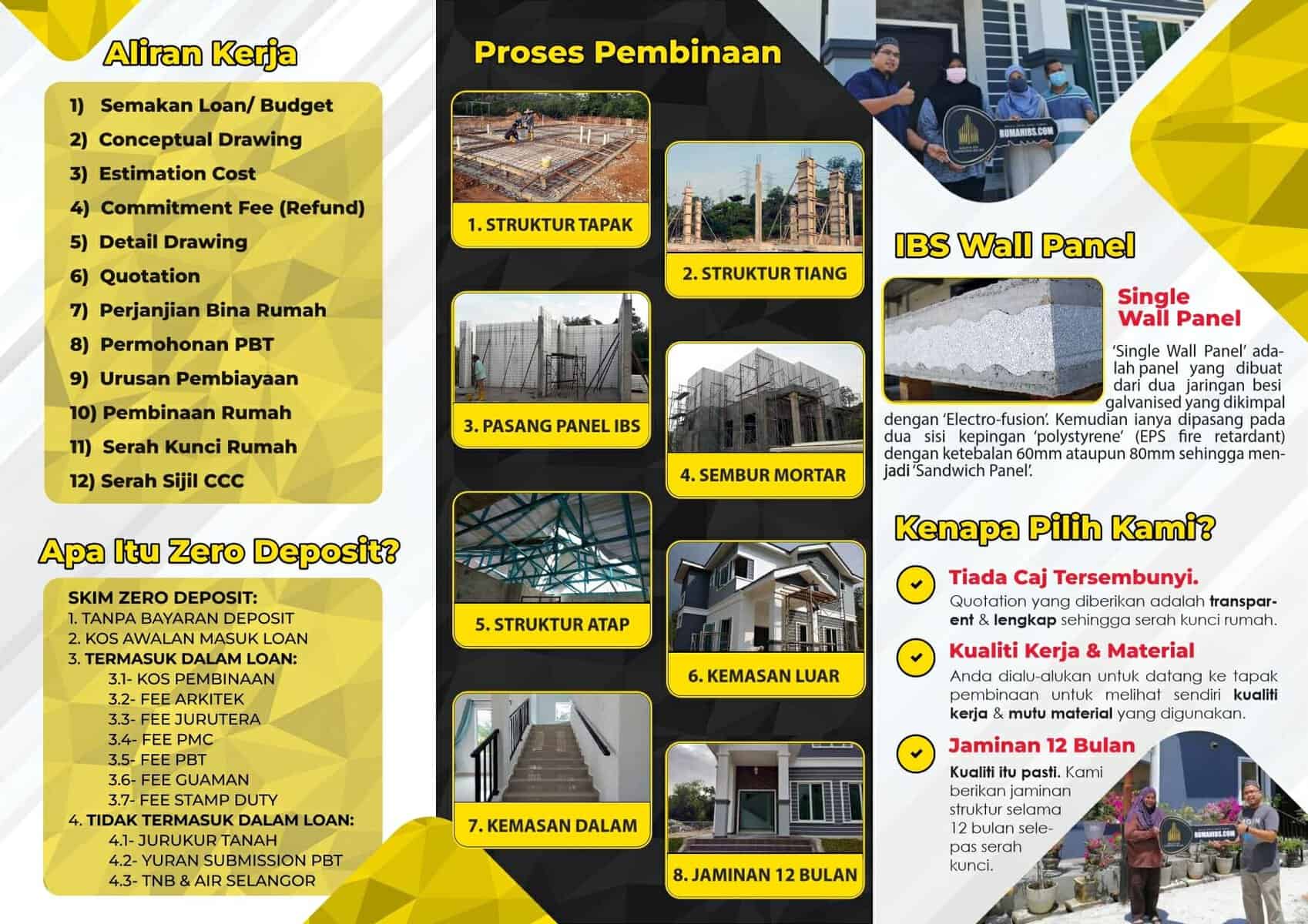
Blog
Embracing Green Building in IBS Construction: A Sustainable Revolution


Embracing Green Building in IBS Construction: A Sustainable Revolution
Table of Contents
- Introduction: Understanding Green Building in IBS Construction
- Benefits of Embracing Green Building in IBS Construction
- Challenges in Implementing Green Building Principles in IBS Construction
- Key Features of Green Building in IBS Construction
- Sustainable Materials and Technologies in IBS Construction
- Energy Efficiency Measures in Green IBS Buildings
- Water Conservation Strategies in Green IBS Buildings
- Indoor Environmental Quality in Green IBS Buildings
- Waste Management and Recycling in Green IBS Construction
- Cost Considerations and Return on Investment in Green IBS Buildings
- Case Studies: Successful Implementation of Green IBS Construction Projects
- Green Building Certifications for IBS Construction
- Government Initiatives and Policies Promoting Green IBS Construction
- Future Trends and Innovations in Green IBS Construction
- Sustainable Communities and Green IBS Construction
- Conclusion
- FAQs
1. Introduction: Understanding Green Building in IBS Construction
In today’s era of environmental consciousness, the construction industry is witnessing a paradigm shift towards sustainable practices. One approach that is gaining momentum is the integration of green building principles in Industrialized Building System (IBS) construction. This article delves into the concept of embracing green building in IBS construction, highlighting its numerous benefits, challenges, and future prospects. By implementing these sustainable practices, we can create a greener and more sustainable future for the construction industry.
2. Benefits of Embracing Green Building in IBS Construction
The integration of green building practices in IBS construction offers a plethora of benefits. Firstly, it significantly reduces the overall environmental footprint of construction activities, minimizing waste generation, energy consumption, and carbon emissions. Green IBS buildings also prioritize the creation of healthier indoor environments, resulting in improved occupant well-being and productivity. Moreover, the utilization of sustainable materials and technologies enhances resource efficiency and reduces operational costs over time.
3. Challenges in Implementing Green Building Principles in IBS Construction
While the adoption of green building in IBS construction holds immense promise, it is not without its challenges. One major obstacle is the need for skilled labor and specialized knowledge in sustainable construction practices. Additionally, the upfront costs associated with incorporating green features and technologies may be higher, necessitating careful cost-benefit analysis. To address these challenges effectively, standardization and industry-wide collaboration are essential.
4. Key Features of Green Building in IBS Construction
Green building in IBS construction focuses on several key features that contribute to sustainability. These include sustainable site planning, energy-efficient design, water conservation measures, utilization of eco-friendly materials, and effective waste management strategies. By integrating these features, IBS construction can achieve higher levels of sustainability and environmental performance.
5. Sustainable Materials and Technologies in IBS Construction
Sustainable materials and technologies play a crucial role in green IBS construction. This entails the selection of recycled and low-impact materials, implementation of efficient insulation systems, utilization of renewable energy sources, and integration of intelligent building automation systems. By adopting these solutions, the environmental footprint of IBS buildings can be significantly reduced.
6. Energy Efficiency Measures in Green IBS Buildings
Energy efficiency is a cornerstone of green building in IBS construction. By optimizing building envelope design, incorporating high-performance insulation, utilizing energy-efficient lighting and HVAC systems, and integrating renewable energy technologies, green IBS buildings can achieve substantial energy savings and reduce reliance on fossil fuels.
7. Water Conservation Strategies in Green IBS Buildings
Water conservation is another critical aspect of green IBS construction. Through the implementation of efficient plumbing fixtures, rainwater harvesting systems, greywater recycling, and landscape irrigation management, green IBS buildings can significantly reduce water consumption and contribute to sustainable water management.
8. Indoor Environmental Quality in Green IBS Buildings
Green IBS buildings prioritize the creation of healthy and comfortable indoor environments. This involves the use of low-emission materials, proper ventilation systems, natural daylighting, and acoustic insulation. Enhanced indoor air quality and thermal comfort contribute to the well-being and productivity of building occupants.
9. Waste Management and Recycling in Green IBS Construction
Efficient waste management and recycling practices are integral to green IBS construction. By implementing on-site waste sorting systems, promoting material recovery and reuse, and minimizing construction waste generation, green IBS projects can significantly reduce landfill waste and conserve valuable resources.
10. Cost Considerations and Return on Investment in Green IBS Buildings
While green IBS construction may entail higher upfront costs, it is essential to consider the long-term benefits and return on investment. Energy savings, reduced operational costs, improved occupant satisfaction, and potential incentives and certifications contribute to the financial viability of green IBS buildings.
11. Case Studies: Successful Implementation of Green IBS Construction Projects
Several case studies highlight the practicality and effectiveness of green IBS construction. These examples showcase various green building features, technologies, and strategies implemented in different building types, such as residential, commercial, and institutional projects. Learning from these experiences can inspire and guide future green IBS initiatives.
12. Green Building Certifications for IBS Construction
Green building certifications provide a standardized framework for evaluating and recognizing the sustainability performance of IBS buildings. Certifications such as LEED (Leadership in Energy and Environmental Design) and Green Building Index (GBI) offer guidelines and assessment criteria to ensure that green IBS projects meet specific sustainability standards.
13. Government Initiatives and Policies Promoting Green IBS Construction
Governments worldwide are increasingly implementing policies and initiatives to encourage the adoption of green building in IBS construction. These initiatives include financial incentives, tax benefits, regulatory requirements, and research and development programs. Government support plays a crucial role in driving the growth and acceptance of green IBS practices.
14. Future Trends and Innovations in Green IBS Construction
The future of green IBS construction holds immense potential. Innovations such as Building Information Modeling (BIM), advanced automation and robotics, 3D printing, and the integration of Internet of Things (IoT) technology are revolutionizing the industry. These advancements enhance the efficiency, precision, and sustainability of IBS construction processes.
15. Sustainable Communities and Green IBS Construction
Creating sustainable communities is a vital aspect of green IBS construction. By incorporating green building principles at a community level, including energy-efficient infrastructure, walkability, green spaces, and public transportation, we can create vibrant and sustainable neighborhoods that prioritize the well-being of residents and the environment.
16. Conclusion
Embracing green building in IBS construction is a progressive and forward-thinking approach that aligns with the global emphasis on sustainability. By integrating sustainable practices, materials, and technologies, green IBS buildings offer numerous benefits, ranging from environmental conservation and energy efficiency to improved indoor environments and cost savings. As governments, industry stakeholders, and the public continue to prioritize sustainable development, green IBS construction will play a pivotal role in shaping a more sustainable future.
17. FAQs
Q1: Are green IBS buildings more expensive to construct than conventional buildings? Green IBS buildings may have higher upfront costs due to the integration of sustainable features and technologies. However, the long-term benefits, such as energy savings and reduced operational costs, often provide a positive return on investment.
Q2: How can green IBS construction contribute to a healthier indoor environment? Green IBS construction focuses on improving indoor environmental quality through the use of low-emission materials, proper ventilation, natural daylighting, and acoustic insulation. These factors contribute to healthier indoor spaces and better occupant well-being.
Q3: What certifications are available for green IBS buildings? Certifications such as LEED (Leadership in Energy and Environmental Design) and Green Building Index (GBI) provide frameworks for assessing and recognizing the sustainability performance of green IBS buildings.
Q4: Can green IBS construction help reduce water consumption? Yes, green IBS construction incorporates water conservation strategies such as efficient plumbing fixtures, rainwater harvesting, greywater recycling, and landscape irrigation management, which significantly contribute to reducing water consumption.
Q5: How do government initiatives support green IBS construction? Governments implement various initiatives, including financial incentives, tax benefits, and regulatory requirements, to promote and incentivize the adoption of green building practices in IBS construction.





